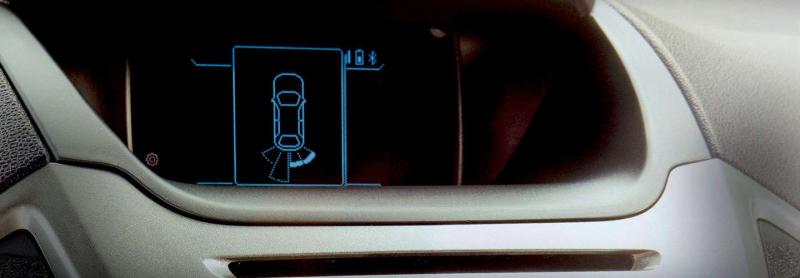How does the Rear-View Camera Work?
The rear-view camera shows what's behind you on a screen in front of you on the dashboard. The system activates automatically when you select reverse gear and using virtual guidelines can help you park.
Parallel parking or reversing anywhere is easier if someone is outside guiding you in. But how often does that happen? Rear Parking Sensors and, in some models, a Rear View Camera, are a pretty good substitute.
Easier Reversing
Bollards, benches, low walls. The rear-view camera shows what's behind you on a screen in front of you on the dashboard.
Rear Parking Sensors:
The sensors help detect objects you may not be able to see because they are out of your vision, such as a low railing or bolster.
How it Works:
Sensors in the rear bumper scan to recognize certain objects. As soon as you put the car into reverse, the sensors start working, emitting an audible ‘beep’ if there’s an object within 1.8 meters behind you.
The closer your vehicle gets to the object, the louder and faster the beeps become. A continuous beep means stop. When the beeping begins the system will automatically reduce ambient radio noise.

